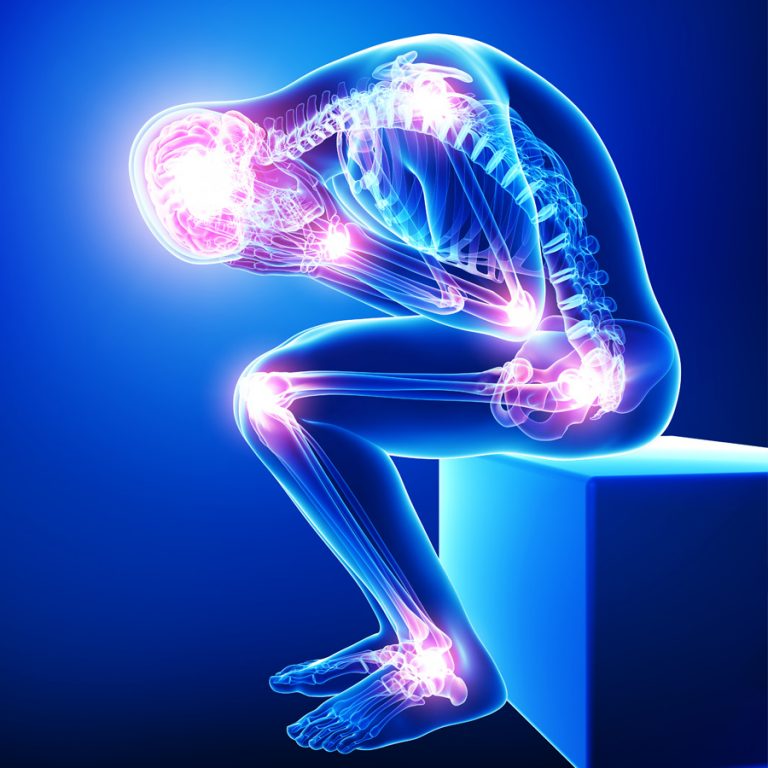Chronic Pain: Physiotherapy’s Role In Treating It
Everyone has had to deal with pain at some point in their lives. This is due to the fact that it is a universal bodily response. Chronic pain develops when pain persists after many attempts to locate the source of the issue. According to statistics, a large percentage of the global population suffers from various types of chronic pain. The majority of people complain of persistent back pain as a result of these factors.
Chronic pain isn’t simply something to be concerned about when you’re already in pain. More than 10% of Canadians suffer from chronic or recurrent aches and pains, which can lead to serious impairment if left untreated for too long! What variables influence growth? There is no obvious solution; it appears that mental circumstances such as moods and social situations where they occur, such as stressful events, may play a role.




